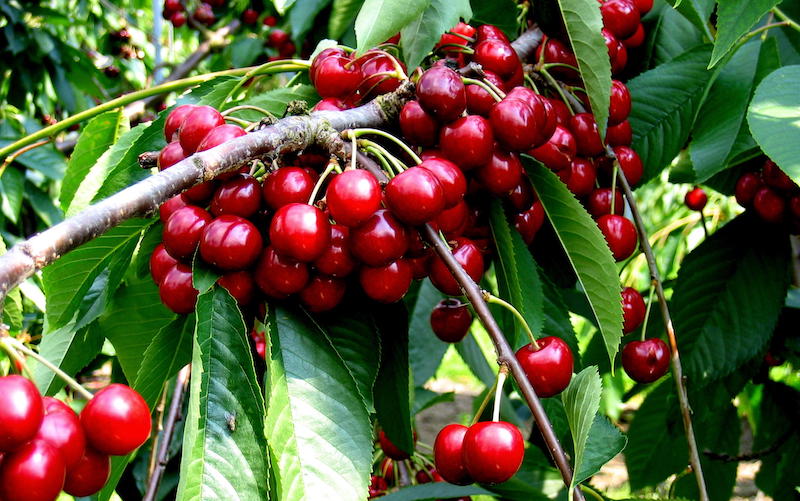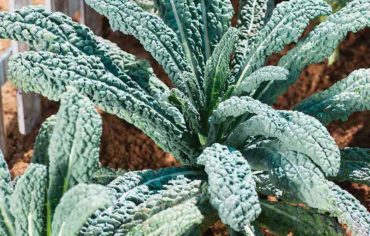Cherry trees make a wonderful addition to any garden and can be grown in patio containers or trained against a sunny wall if space is short. They can even be used to form a spectacular wildlife hedge that birds will love. Beautifully ornamental, cherry trees feature pretty blossom in spring, delicious red fruits in summer and fiery-coloured foliage in autumn. Here’s your complete guide to growing and caring for cherry trees.
How to choose the best cherry tree
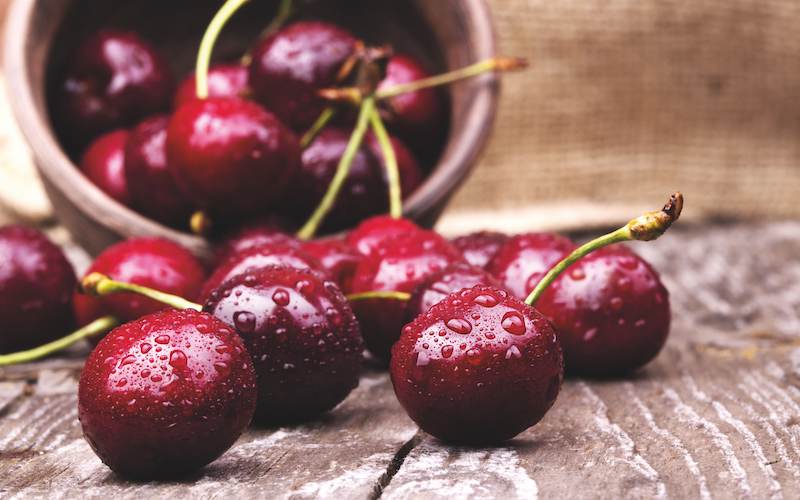
Image: Cherry ‘Sunburst’ from Suttons
There are two types of cherry: sour varieties used for cooking (Morello), and sweet dessert cherries that can be eaten straight from the tree. Both types can be grown in the ground or patio containers, but dessert varieties require full sun to produce juicy crops of sweet fruit. Morello cherries will tolerate a little more shade.
At Suttons, our cherry trees are grafted onto ‘Colt’ or ‘Gisela 5’ rootstocks to restrict their growth and make them suitable for smaller gardens. ‘Colt’ restricts the mature cherry tree’s size to about 6m high, while ‘Gisela 5’, a dwarf rootstock variety, limits the trees to about 2-3m, making this a good choice for containers.
The ‘named’ variety of cherry, which forms the upper part of the grafted tree, provides your fruit. If you can’t decide which one to choose, why not go for the Cherry Tree ‘Duo’ which has two different varieties grafted onto ‘Colt’ rootstock. In July and August you can enjoy harvesting Napoleon Bigarreau (large yellow fruits with a deep red flush) and Variks Black (sweet, dark-skinned cherries) from the same tree!
How to plant your cherry tree
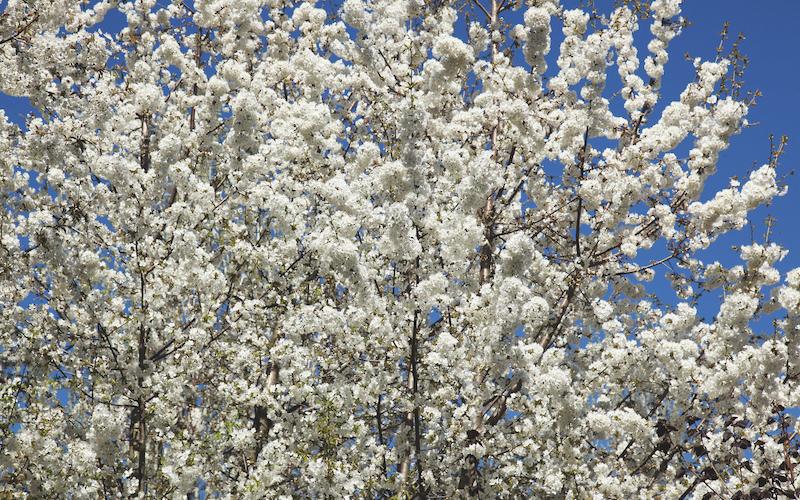
Image: Wild Cherry (Hedging) from Suttons
If you choose a bare root cherry, the best time to plant it is during the dormant season between November and March. Simply dig a square hole and plant the tree to the same depth that it was growing before. You should be able to see a slight mark on the trunk to help you judge the depth correctly. Firm the soil around the roots and water well.
Container-grown cherries are supplied in pots, and can be bought and planted all year round. Whether you choose to continue to grow your tree in a container, or plant it in the ground, you’ll need to water your cherry well in the first year.
Once you’ve planted your new tree, growth will be quite rapid for the first couple of years but then the influence of the rootstock and the formation of fruit buds will slow the tree down and keep it to a manageable size.
How to prune your cherry tree
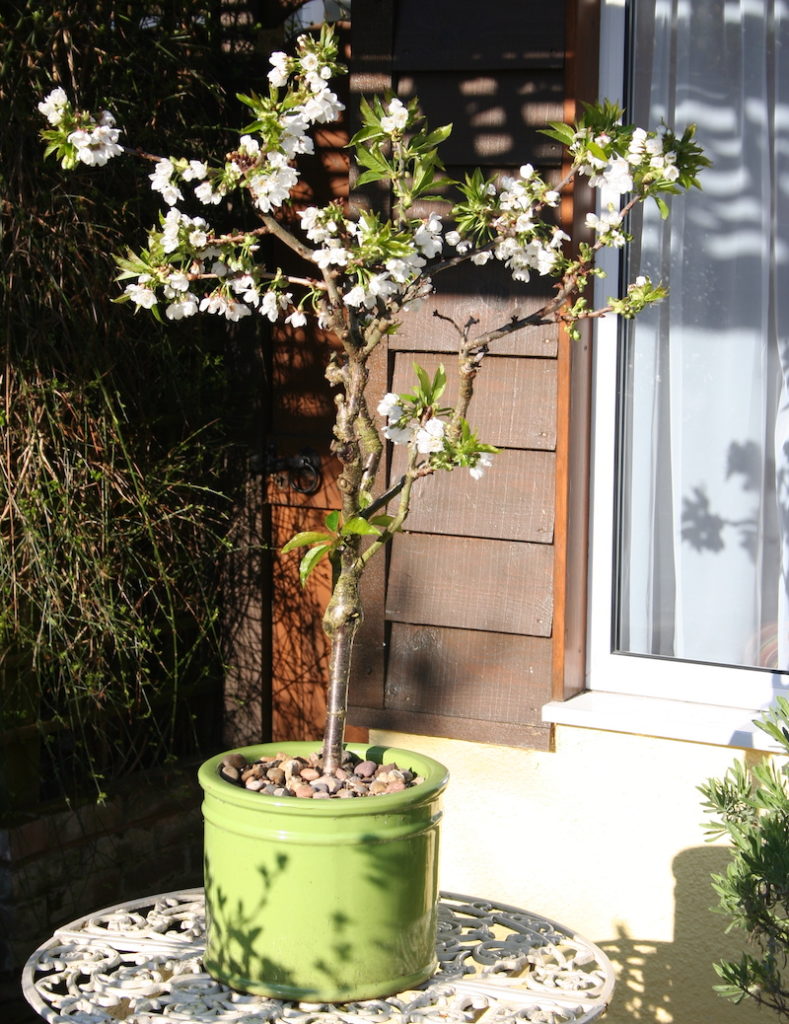
Image: Cherry (Prunus) Stella from Suttons
Pruning your cherry trees will keep them in good shape and encourage bumper crops of fruit. Newly planted cherry trees should be lightly trimmed in their first spring and, once established, every year in summer. Never prune in winter when there’s a greater risk of canker or silver leaf disease.
In your tree’s first August, the branches can be tied down to encourage fruit bud formation. Lower branches should be tied down to an angle of 90 degrees to the trunk, either to pegs in the ground or to the trunk itself, and left in place until the following June. The reduction in sap flow and increase in stress encourages the tree to produce more fruit buds.
Pruning established cherry trees helps to balance the amount of older fruiting wood and younger replacement branches. Most cherries produce fruit on the previous year’s growth, so regular pruning helps to encourage good harvests.
Cherry trees are a productive and ornamental addition to any garden, and a great focal point on a patio. Fancy growing more fruit? See our full range of fruit trees and soft fruit plants here.
Lead image: Cherry ‘Summer Sun’ from Suttons
Last Updated on November 8, 2024 by Suttons Horticultural Team

